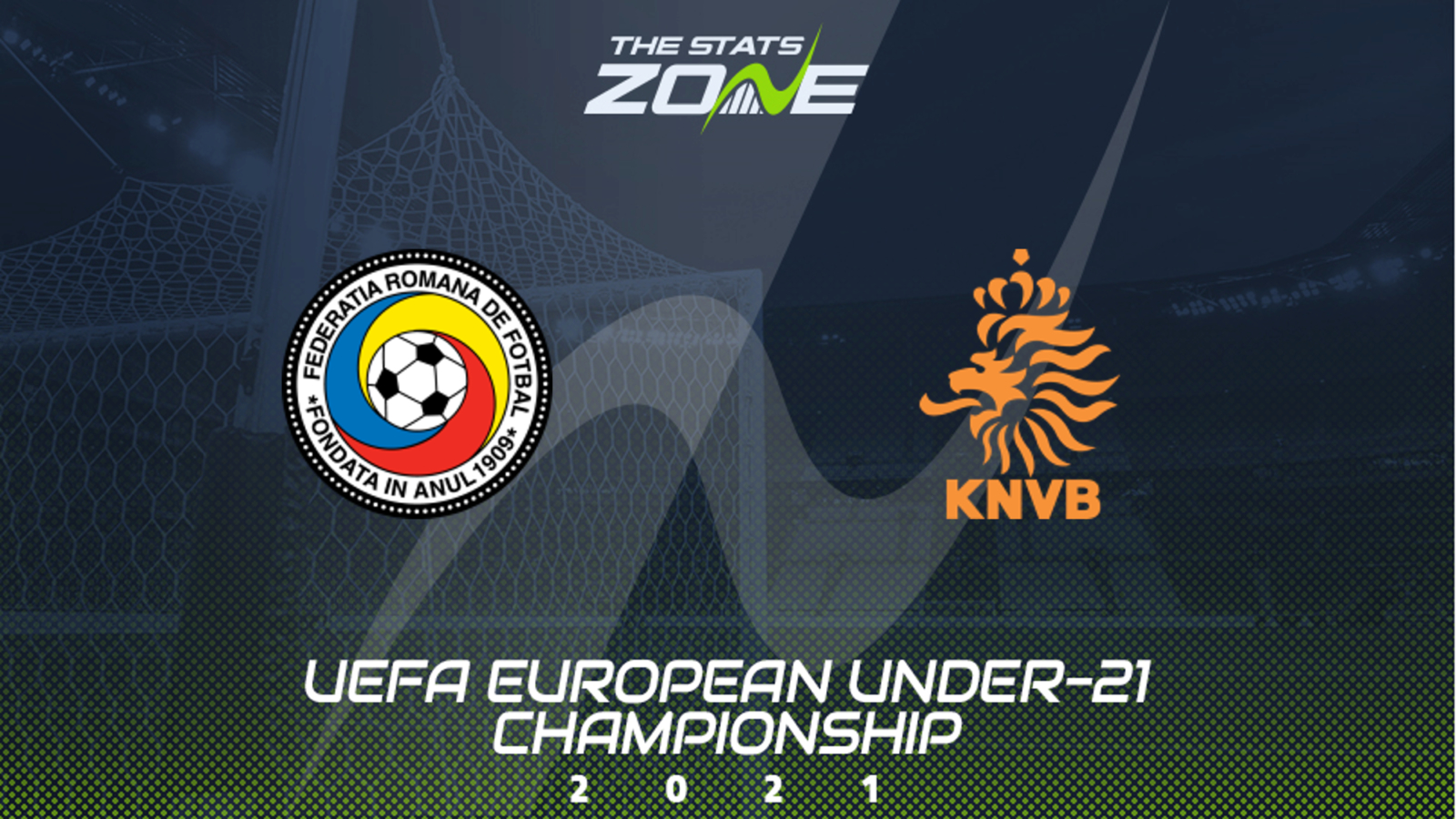Historical Context

Romania vs netherlands – Romania and the Netherlands have a long and complex history, dating back to the Middle Ages. The two countries have been allies and enemies at various times, and their relationship has been shaped by a number of significant events.
The clash between Romania and the Netherlands was a testament to the unpredictable nature of international football. Like Jhon Arias , who rose from obscurity to become a Colombian sensation, the Romanians defied expectations with their spirited performance. However, the Dutch, with their trademark efficiency, ultimately emerged victorious, reminding us that even in the most unexpected of matches, football’s established powers often prevail.
One of the most important events in the history of Romanian-Dutch relations was the Romanian War of Independence (1877-1878). The Netherlands was one of the first countries to recognize Romania’s independence, and it provided financial and military support to the Romanian army.
Diplomatic Ties
The Netherlands and Romania established diplomatic relations in 1880. The two countries have maintained close diplomatic ties ever since, and they have cooperated on a number of issues, including trade, investment, and security.
Romania and the Netherlands locked horns in a fierce battle on the pitch, each team determined to outmaneuver the other. While the match captivated the attention of many, there was another equally thrilling contest unfolding elsewhere. For those eager to witness the clash between two South American giants, the link watch colombia vs brazil provided an unmissable opportunity to catch all the action.
As the sun began its descent, Romania and the Netherlands continued their intense rivalry, unaware of the thrilling spectacle that had unfolded thousands of miles away.
In recent years, the Netherlands has been one of the largest investors in Romania. Dutch companies have invested heavily in Romania’s energy, infrastructure, and manufacturing sectors.
Economic Comparison

Romania and the Netherlands exhibit stark economic disparities, mirroring their contrasting histories and developmental trajectories. Romania, a post-communist nation, has experienced significant economic growth in recent decades but still lags behind the Netherlands, a highly developed and prosperous country.
GDP and Per Capita Income
The Netherlands boasts a significantly higher gross domestic product (GDP) than Romania. In 2022, the Netherlands’ GDP stood at approximately $890 billion, while Romania’s was around $280 billion. This disparity translates into a substantial difference in per capita income. The Netherlands’ per capita income is over $55,000, while Romania’s is around $14,000.
Major Industries, Romania vs netherlands
The economic structures of Romania and the Netherlands differ markedly. Romania’s economy is primarily driven by agriculture, manufacturing, and services. Key industries include automotive, textiles, machinery, and pharmaceuticals. In contrast, the Netherlands has a highly diversified economy with a strong focus on services, particularly finance, logistics, and tourism. The country is also a major exporter of agricultural products and natural gas.
Trade Relationship
Despite their economic differences, Romania and the Netherlands maintain a robust trade relationship. The Netherlands is one of Romania’s largest trading partners, with significant exports of machinery, chemicals, and agricultural products. Romania, in turn, exports textiles, footwear, and automotive components to the Netherlands.
Cultural Exchange: Romania Vs Netherlands

Romania and the Netherlands share a rich cultural heritage, with both countries having made significant contributions to European art, music, and literature. While there are many similarities between the two cultures, there are also some notable differences.
Art
The art of Romania and the Netherlands has been influenced by a variety of factors, including geography, history, and religion. Romanian art is often characterized by its use of bright colors and intricate patterns, while Dutch art is known for its realism and attention to detail.
One of the most famous Romanian artists is Constantin Brâncuși, who is known for his sculptures. Brâncuși’s work is often characterized by its simplicity and elegance, and he is considered one of the most important sculptors of the 20th century.
The Netherlands is home to a number of famous artists, including Rembrandt, Vincent van Gogh, and Johannes Vermeer. Rembrandt is known for his portraits and religious paintings, while van Gogh is known for his landscapes and still lifes. Vermeer is known for his paintings of domestic scenes.
Music
The music of Romania and the Netherlands is also quite diverse. Romanian music is often characterized by its use of traditional instruments, such as the pan flute and the cimbalom. Dutch music is often characterized by its use of wind instruments, such as the clarinet and the saxophone.
One of the most famous Romanian musicians is George Enescu, who was a violinist, composer, and conductor. Enescu’s music is often characterized by its use of Romanian folk melodies.
The Netherlands is home to a number of famous musicians, including Willem Mengelberg, Bernard Haitink, and Andris Nelsons. Mengelberg was a conductor who is known for his work with the Royal Concertgebouw Orchestra. Haitink is a conductor who is known for his work with the London Philharmonic Orchestra and the Boston Symphony Orchestra. Nelsons is a conductor who is known for his work with the Boston Symphony Orchestra and the Leipzig Gewandhaus Orchestra.
Literature
The literature of Romania and the Netherlands is also quite diverse. Romanian literature is often characterized by its use of symbolism and allegory. Dutch literature is often characterized by its realism and attention to detail.
One of the most famous Romanian writers is Mircea Eliade, who was a novelist, short story writer, and essayist. Eliade’s work is often characterized by its use of Romanian folklore and mythology.
The Netherlands is home to a number of famous writers, including Erasmus, Joost van den Vondel, and Harry Mulisch. Erasmus was a humanist who is known for his work on the New Testament. Vondel was a playwright who is known for his tragedies. Mulisch was a novelist who is known for his work on the Holocaust.